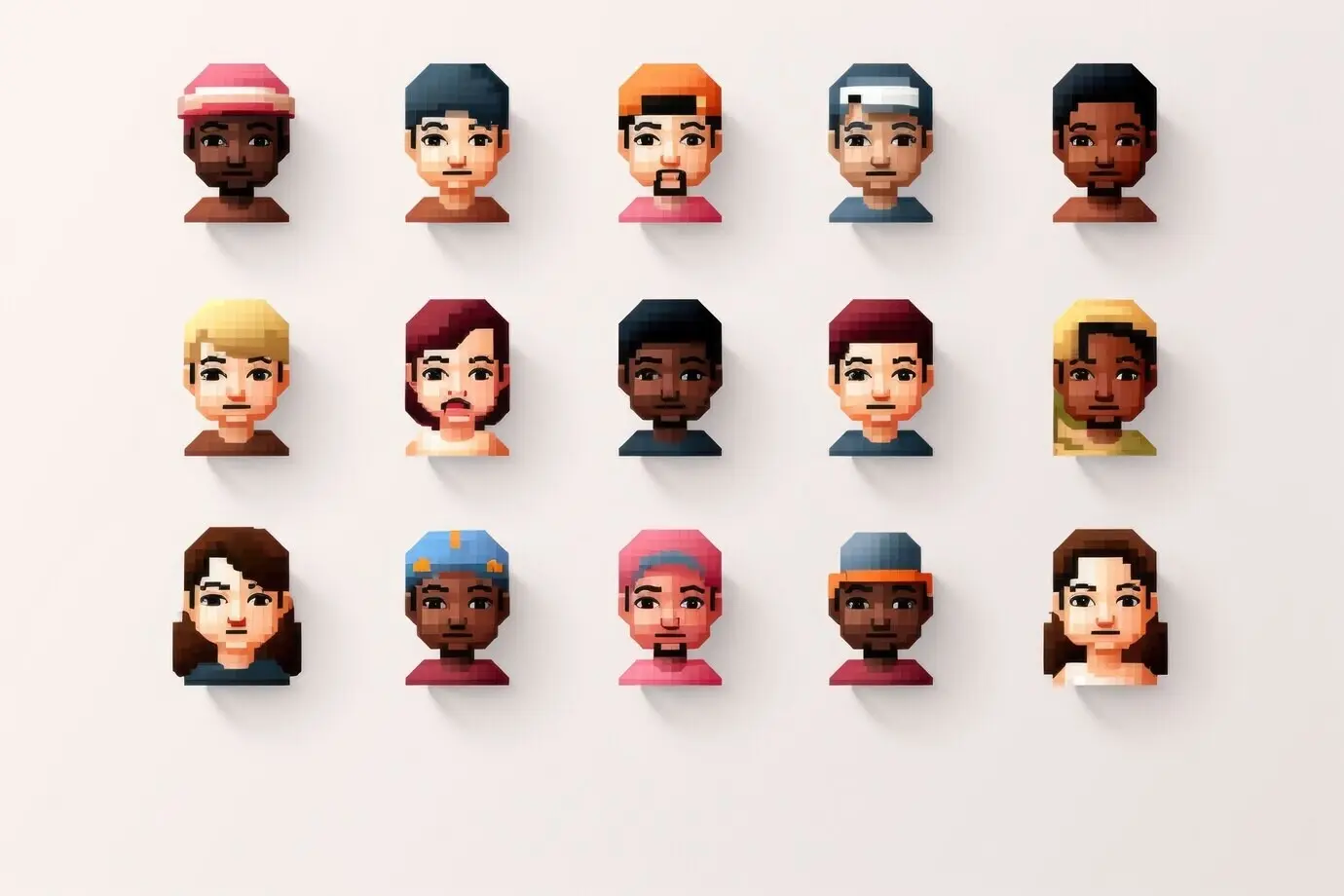Stay Smooth: Mastering Tripods, Gimbals, and Sliders
Start Steady: Why Stability Beats Luck


Exposure, Focal Length, and Human Limits
Longer focal lengths magnify tiny tremors, while slower shutter speeds exaggerate motion blur. The old reciprocal rule is helpful, but support changes everything. A tripod enables crisp frames at slower shutters, a gimbal tolerates walking shots, and a slider controls parallax precisely. Learn boundaries, then push them wisely. Map your lens range to stabilization choices, so every shot respects physics while still serving your narrative intent.


Micro-Jitter, Drift, and Rolling Shutter
Micro-jitter appears as nervous texture that algorithms rarely fix convincingly. Drift is the slow, unintended sway that ruins precise framing. Rolling shutter introduces skew and wobble during rapid movement. Each artifact demands a different countermeasure: firm support, damped motion, or slower pans. By diagnosing what you see, you can select the right tool, adjust walking cadence, or change angles. The result is movement that feels deliberate instead of unintended chaos.
Tripods Demystified: Legs, Heads, and Real Support
Leg Locks, Materials, and Vibration Damping
Twist locks are streamlined and fast in sand, while flip locks offer clear visual confirmation. Aluminum costs less but transmits vibration; carbon fiber dampens and surprises with stiffness-to-weight efficiency. Fewer leg sections increase rigidity but limit compactness. Spiked feet bite into earth; rubber feet behave indoors. Match height to your posture to avoid hunching. Stability starts before the shot, with legs properly spread, weight centered, and a bag gently hanging for extra damping without swinging.
Heads That Matter: Ball, Fluid, and Geared
Ball heads excel at fast reframes for stills, but fluid heads are built for controlled video movement and predictable drag. Geared heads shine when precision is everything, especially architectural lines or product angles. Counterbalance keeps heavier rigs from nosediving mid-tilt. Cheap heads stick and stutter; better units start and stop gracefully. Calibrate drag to your lens weight and move thoughtfully. A well-tuned head turns basic pans into storytelling gestures that feel intentional and confident.
Gimbals in Motion: Balance, Modes, and Technique

Slide with Purpose: Linear Moves that Tell Stories
Rails and Carriages: Bearings, Belts, and Carbon Choices
Bearing carriages glide with minimal friction but reveal dirt and sand quickly. Belt-driven systems enable vertical moves and repeatable cues, great for product shots or macro storytelling. Carbon rails save weight for hiking days yet maintain stiffness for shorter lengths. Longer rails expand possibilities but demand support at both ends. Always pre-roll to check for flat spots or snags. A clean, aligned carriage delivers movement that reads as confidence rather than hesitant experimentation.
Parallax and Curved Tricks for Depth Without Drones
Angle the slider relative to your subject and control the carriage’s facing direction to create parallax that separates subject from background. Curved tracks maintain centering while changing perspective, perfect for interviews. Add foreground objects—plants, props, railings—to amplify depth without distraction. Practice subtlety; small arcs feel elegant. Lock exposure or set smooth auto transitions. When you cannot fly, a disciplined parallax pass often provides that cinematic lift audiences subconsciously associate with higher production value.
Build a Kit: From Phone to Cinema Body

Field Notes: Wins, Mistakes, and Fixes
Care, Packing, and Staying Ready
